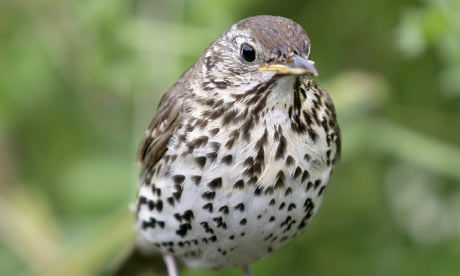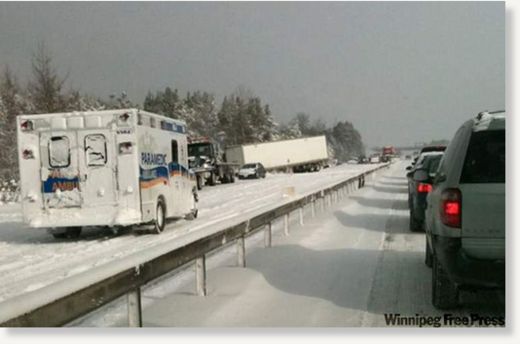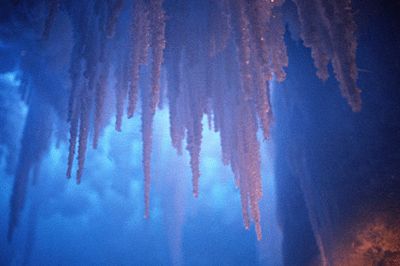
© Rex Features/BYB"At once a voice arose among/ The bleak twigs overhead/ In a full-hearted evensong/ Of joy illimited ... " - Hardy's Darkling Thrush
Populations of wild birds in the UK are falling dramatically with even slight recent recoveries apparently stalled,
government figures showed today.
Only seabird populations remain comfortably above 1970 levels, while farmland bird numbers continue to plunge from a brief mid-1970s peak to half those of 40 years ago.
Habitat changes responsible for fewer nesting sites and food shortages were blamed last summer for
sharp English farmbird losses but the reasons for the decline in woodland birds are less clear, according to the
RSPB.
However
research led by the British Trust for Ornithology has suggested agricultural intensification has also hit birds favouring wet grassland and moorland. Less vegetation cover and scrub, overgrazing by deer, more drainage of nearby farmland and changing winter climate may all be factors in the woodland bird decline.
Some farmland birds, such as the grey partridge, turtle dove, starling, tree sparrow, corn bunting and yellow wagtail have declined by over 70% over the period of official monitoring based on annual surveys of breeding sites and other data relating to 121 species. But wood pigeon and jackdaw populations have doubled and stock dove and greenfinch numbers risen by 50%.
Among woodland birds, huge falls have been recorded for wood warbler, willow tit, tree pipit, lesser spotted woodpecker, blackbird, dunnock, song thrush and tawny owl, among others. Yet black cap, great spotted woodpecker, green woodpecker, nuthatch and long-tailed tit are thriving



